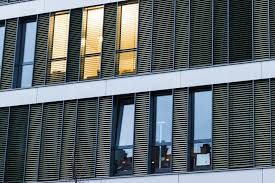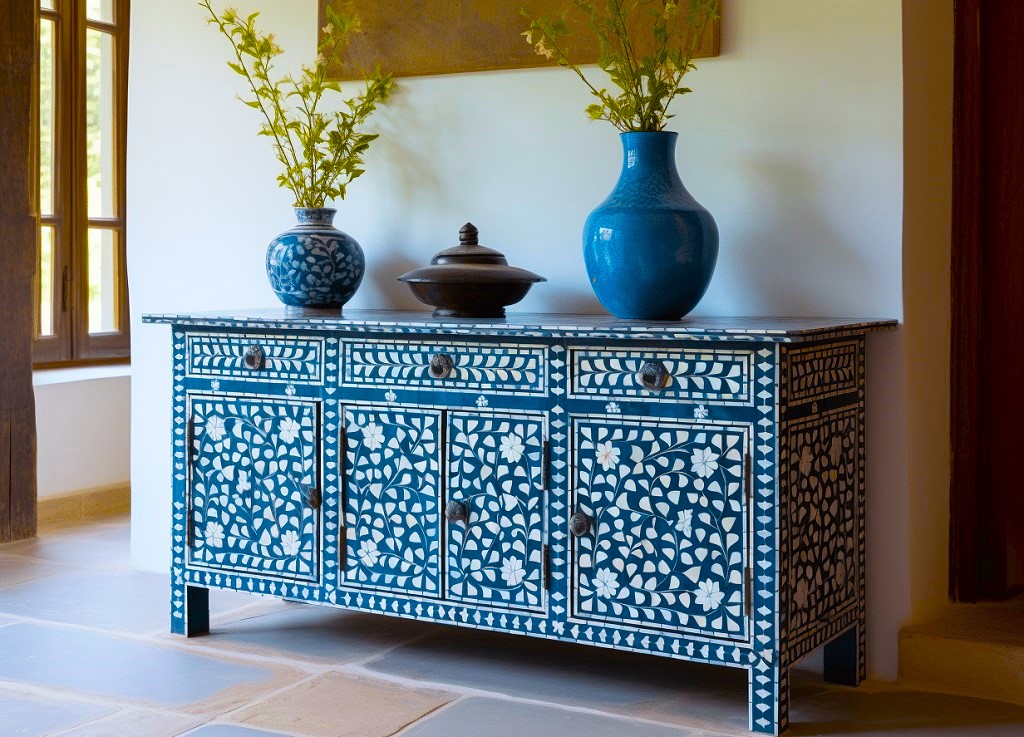Correctly using a facade or cladding on a building can transform its aesthetics, transforming it into a masterpiece. No surprise, then, that architects love to use facade materials. Facade designs can be conventional, contemporary or traditional. Architects love to experiment with them to create a stunning view.
A facade has many benefits besides its appearance. Wall cladding was limited in the past and considered part of visual elements. The cladding options available today are enhanced in terms of both aesthetics and function.

The following are some additional benefits of building facades:
Protection from the elements is increased
The most common threat to a building’s skin is high-speed winds that accompany a storm. High winds can cause damage from air debris and wind.
Residents can breathe fresh air
Perforated metal or expanded metals can create enough open spaces to reduce the requirement for artificial mechanical ventilation. Facades are a great way to reduce dust particles and other air pollutants in garages. For Sustainable Architects, visit Quattro, a firm of Sustainable Architects.

Energy efficiency
Facades are able to regulate light and heat and can be used to create more energy efficient buildings. They also make passive cooling and solar shading more effective. Building facades can create a more comfortable indoor environment by reducing overheating and reducing air conditioning costs.
Light penetration and filtration
Research has shown that natural light is not only good for energy savings but also great for productivity and health.
When it comes to green design and sustainable building, facades and curtain wall systems are crucial. Building construction specialists must understand how important it is to improve the sustainability and performance of a building and support sustainable design.


